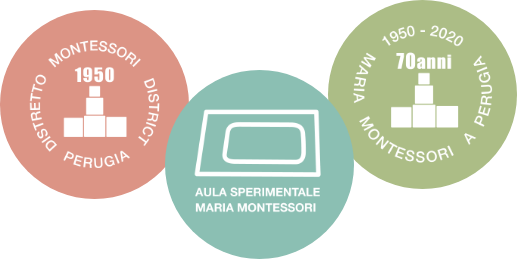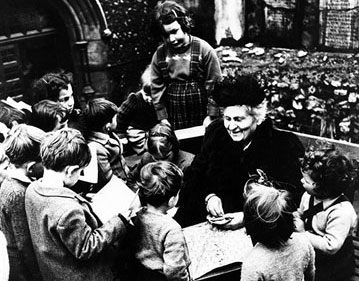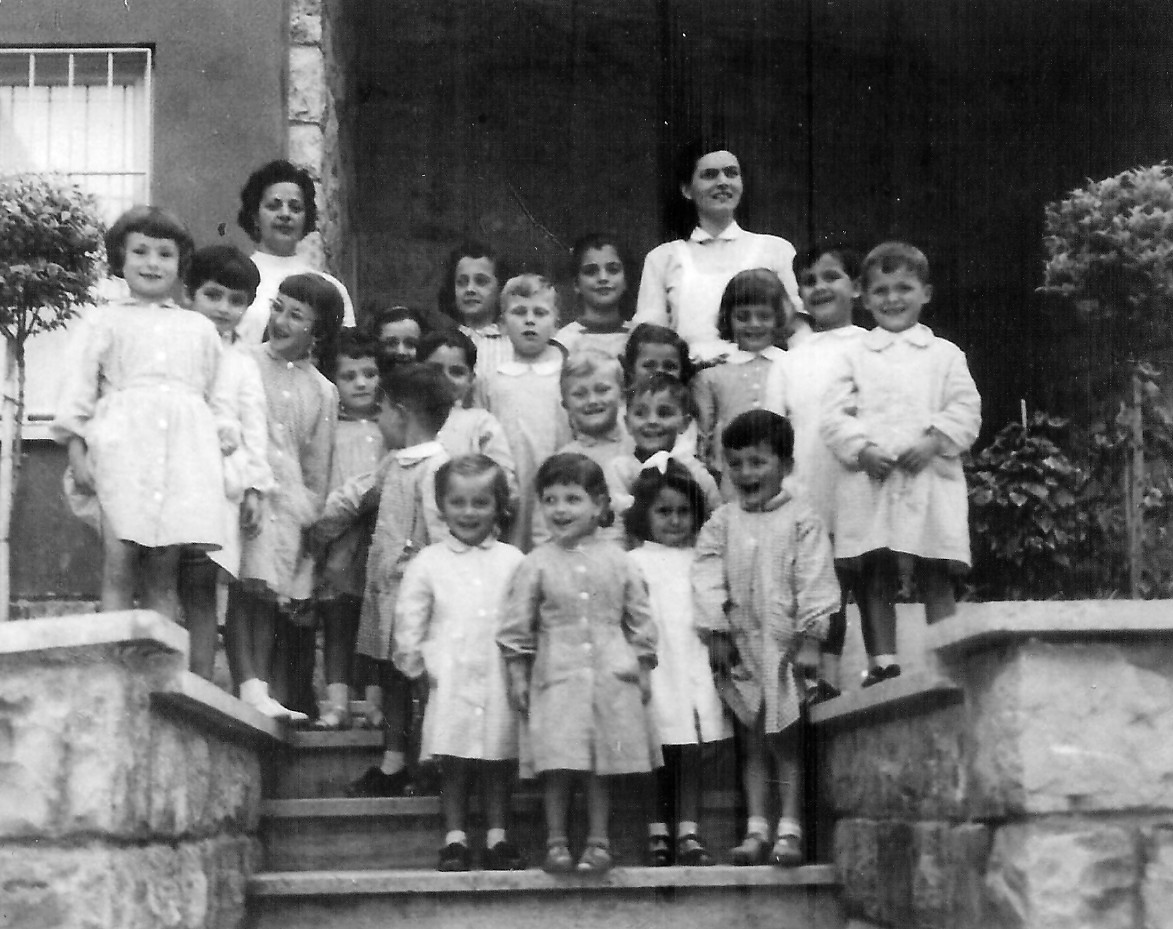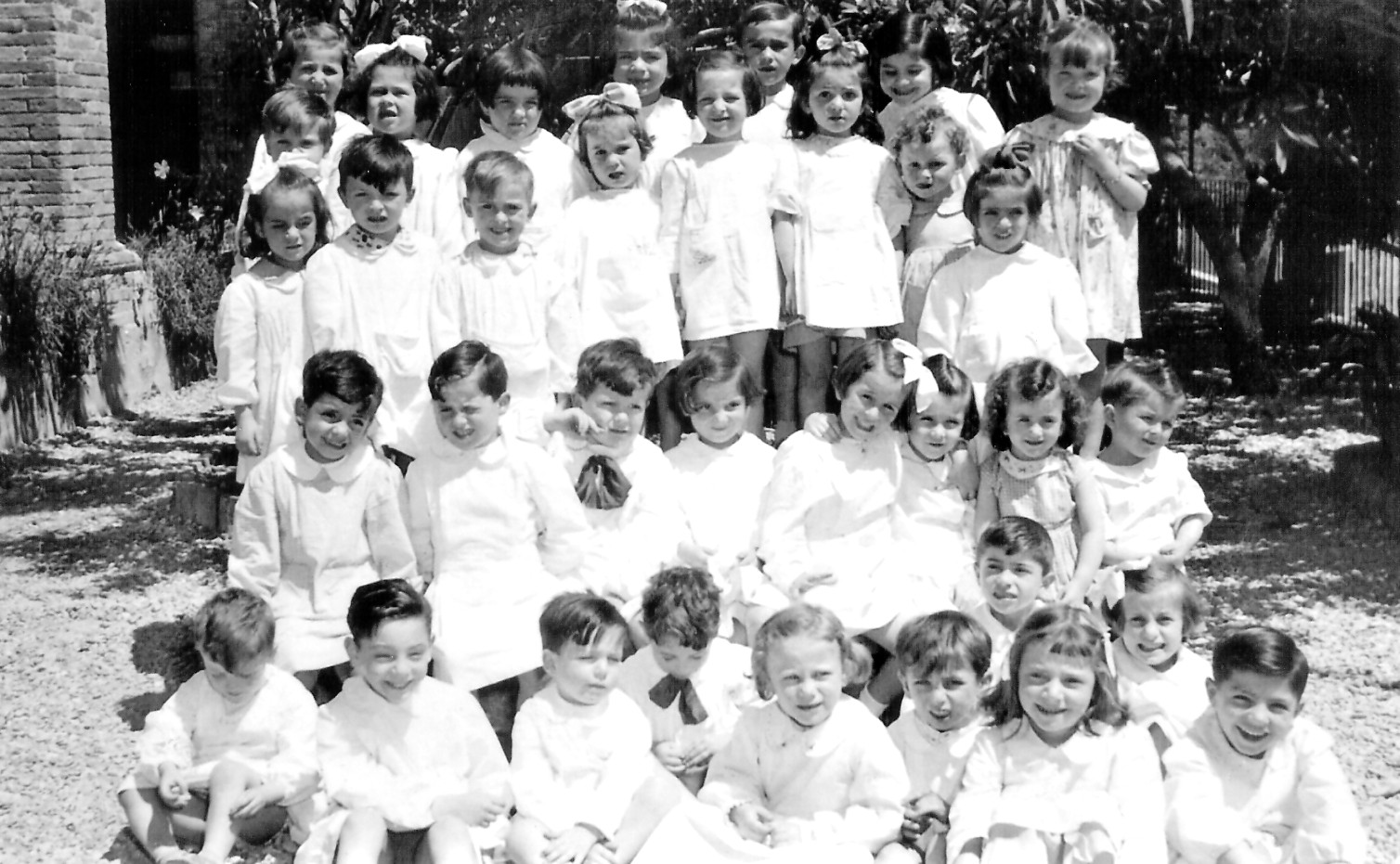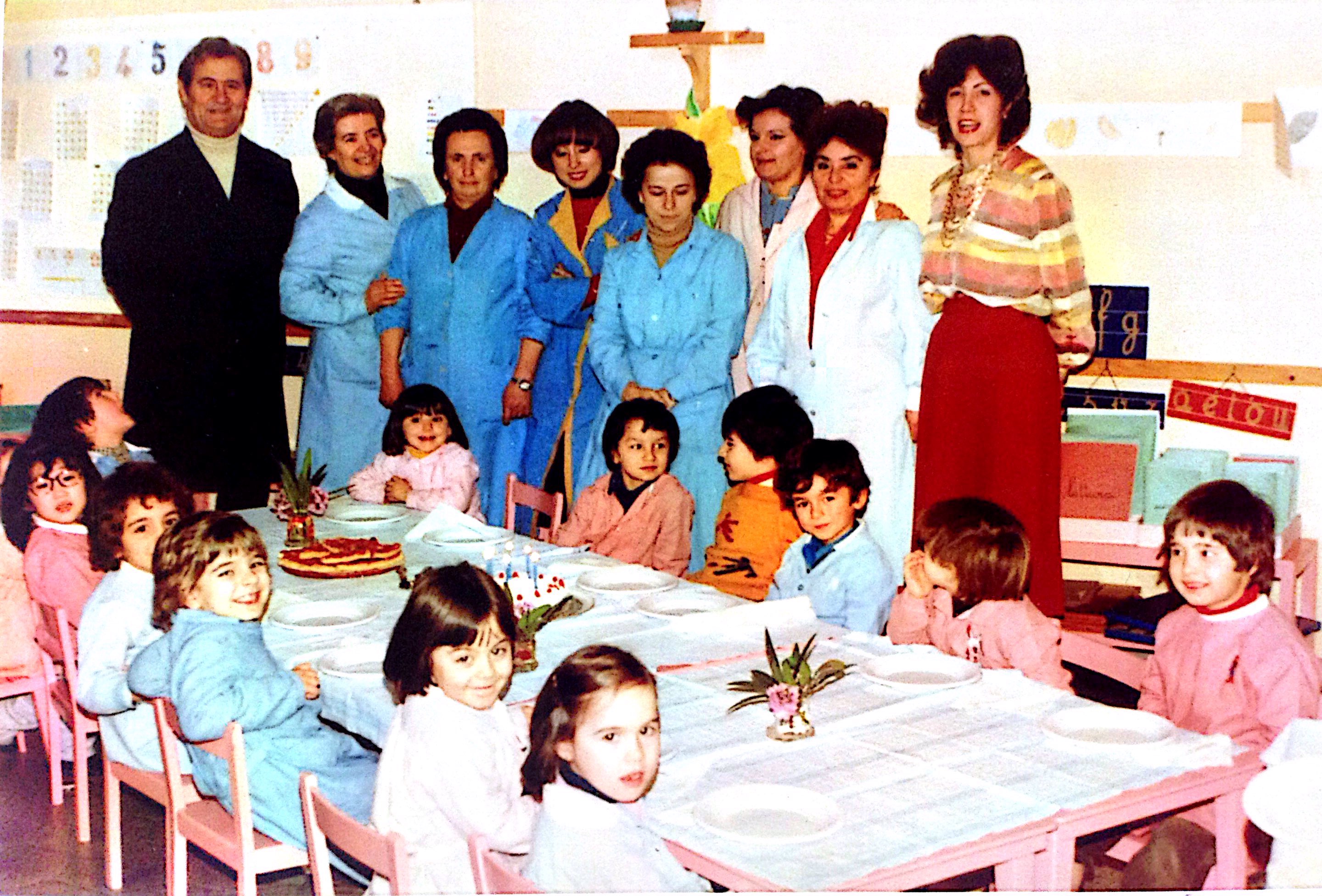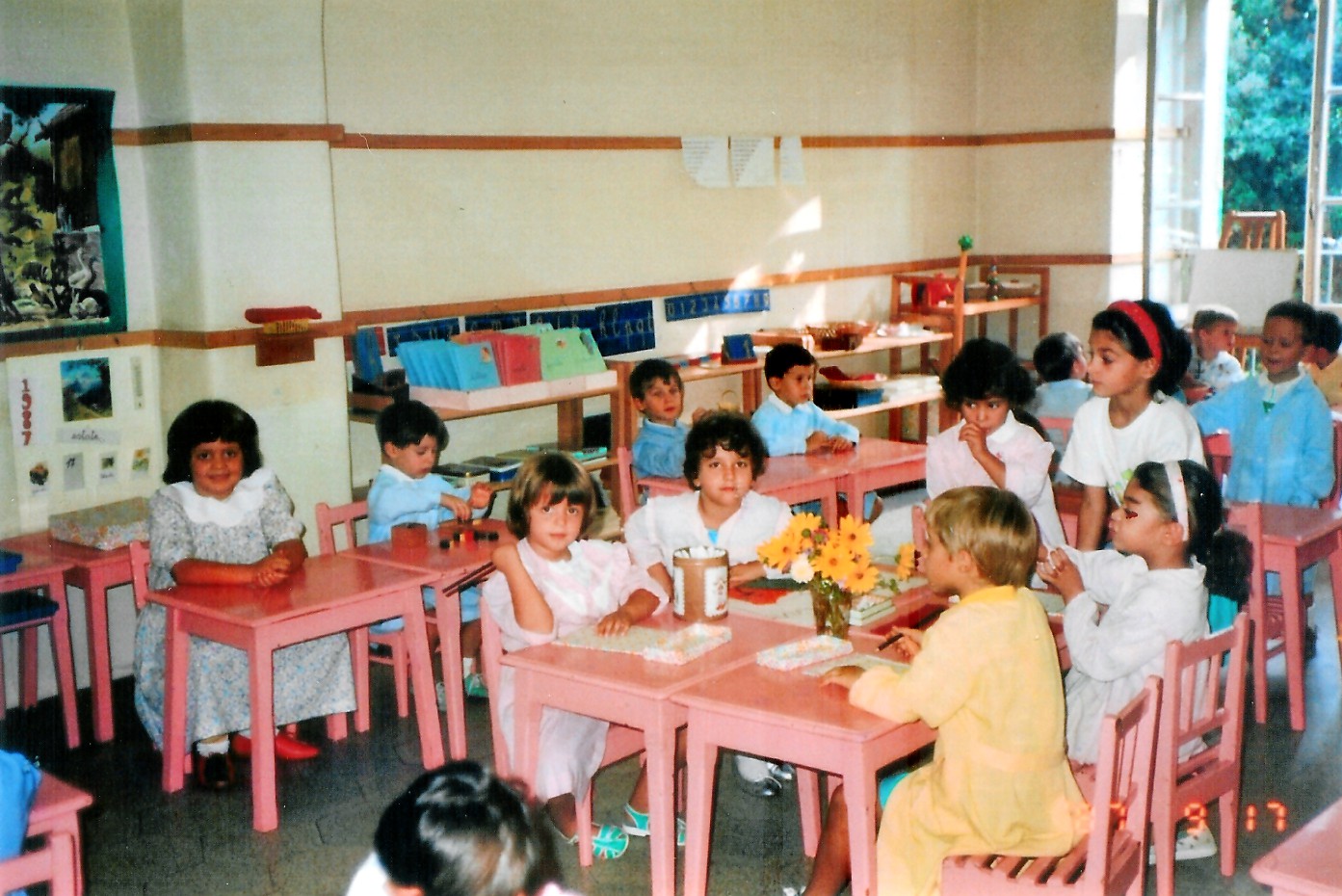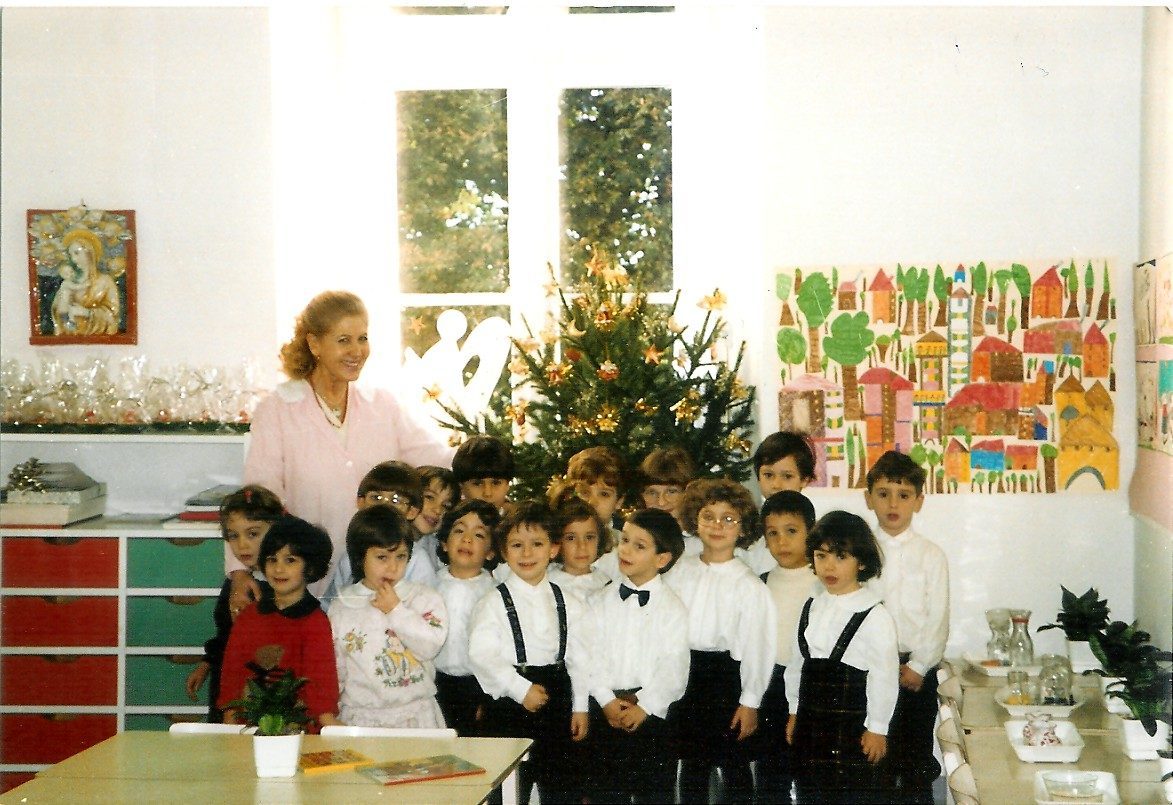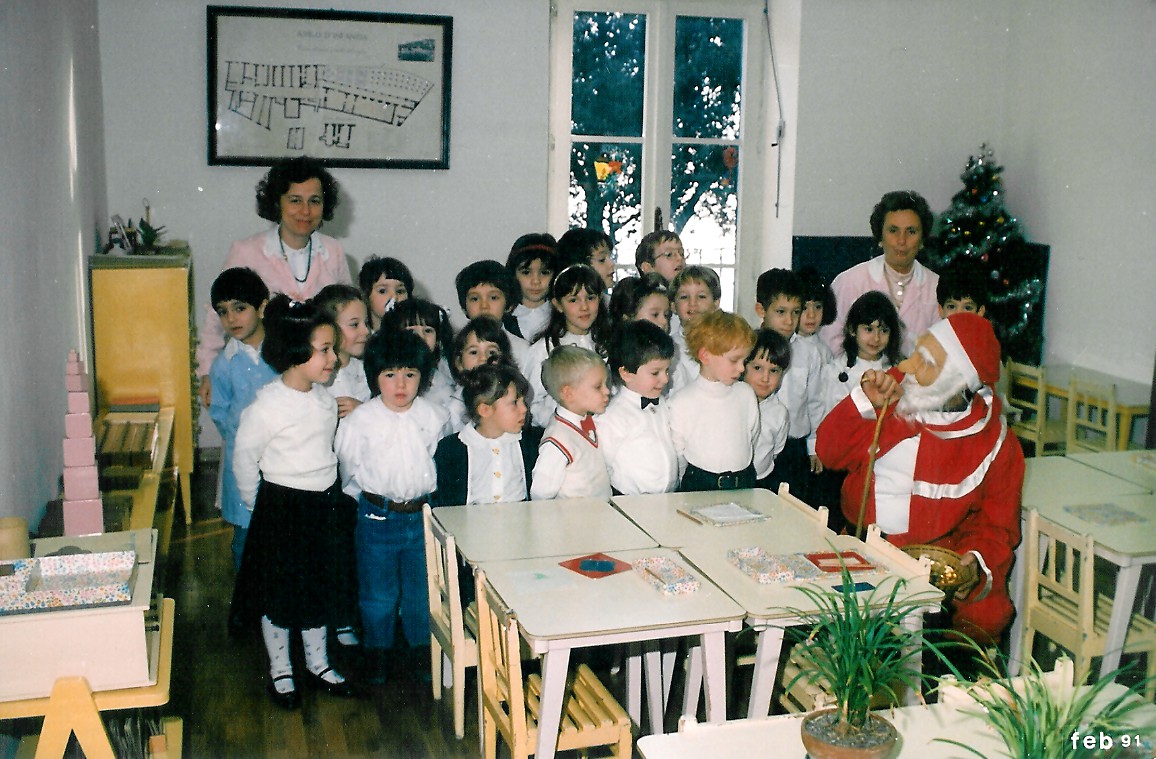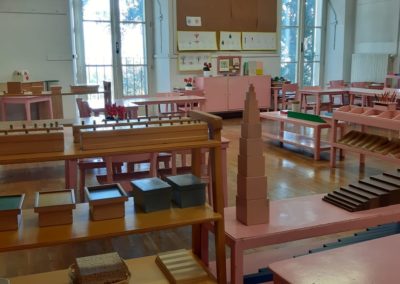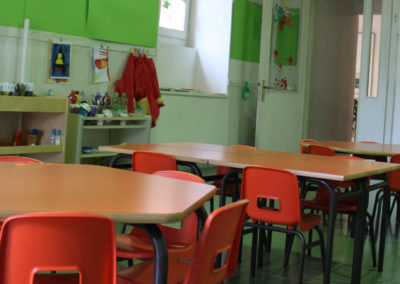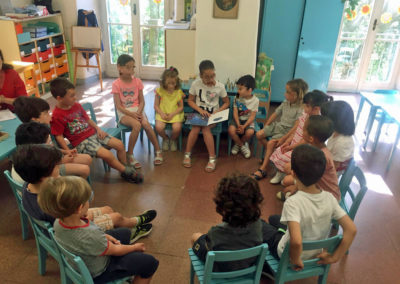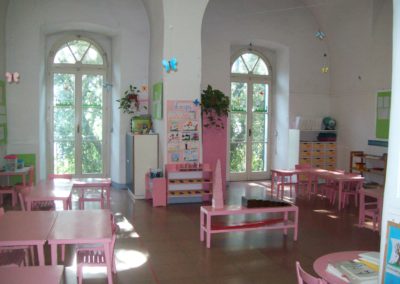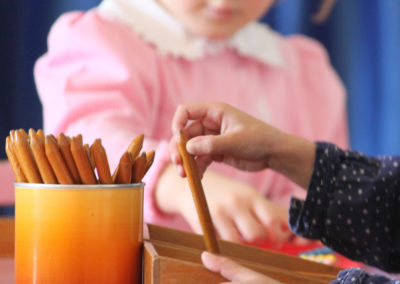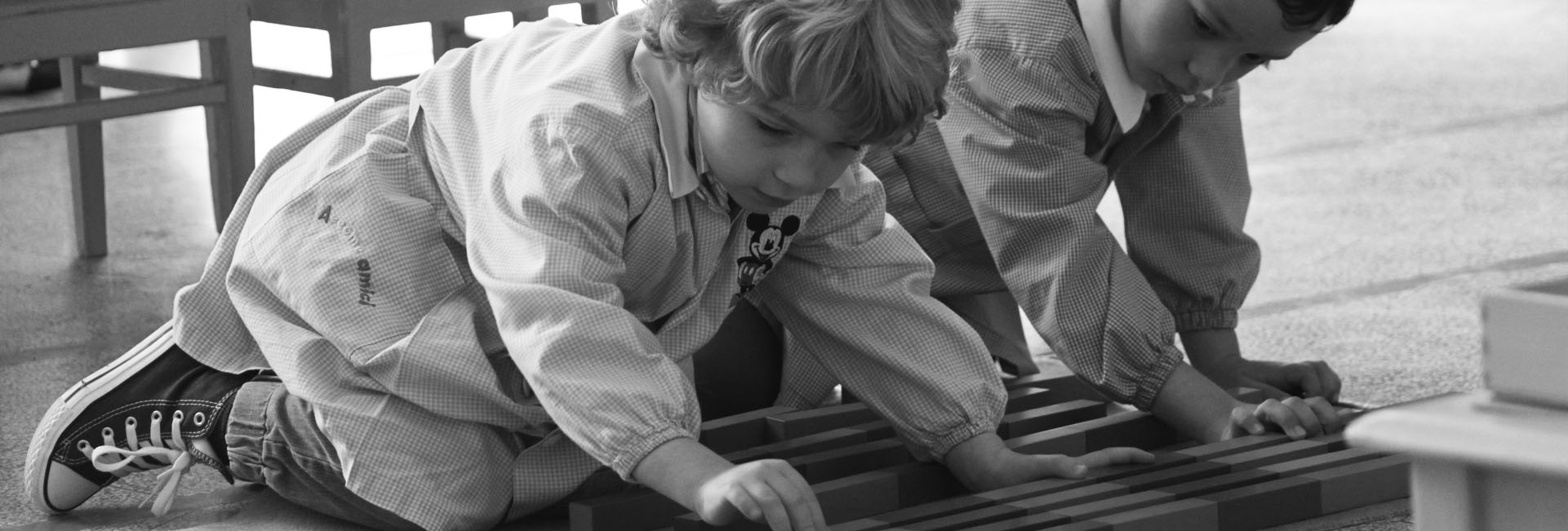
“The first thing required of a teacher is that she be rightly disposed for this task.”
Maria Montessori
Santa Croce Preschool
Maria Montessori’s Casa dei Bambini- “Children’s House”
The history of Santa Croce Preschool begins in 1861, the year in which this former convent of Carmelite nuns underwent a transformative zoning change and was newly designated as a preschool. With this act of civic repurposing, Perugia gained her first formal institute of learning for the youngest segment of the town’s population.
Literary figures, pedagogues, sovereigns, political and ecclesiastical leaders alike have been moved to pay visit to Santa Croce Preschool: from the Agazzi sisters to Victor Emanuel III of Savoy; from Queen Margherita to Maria Montessori and her son Mario. The school, conceived of and instituted by a comittee of philanthropic, civic-minded citizens, held from its inception the educational goal of the harmonious development of a child’s personality, and was from the very beginning open to the implementation of the most modern pedagogical concepts. For this reason the school was home to a succession of didactic methods: from the Aporti method, to the Fròbel method, to the Agazzi method, and finally to the Montessori method. The latter was adopted in several of the school’s classrooms beginning in 1909 (just 2 years after the Doctor’s very first experiments at San Lorenzo in Rome); that same year, Dr. Montessori held her first course at Villa Montesca near Città di Castello, the place in which she penned and published her first book, “The Method of Scientific Pedagogy.” During that same period, Dr. Montessori visited the “noble institution” of Santa Croce Preschool, in the company of Baron Franchetti.
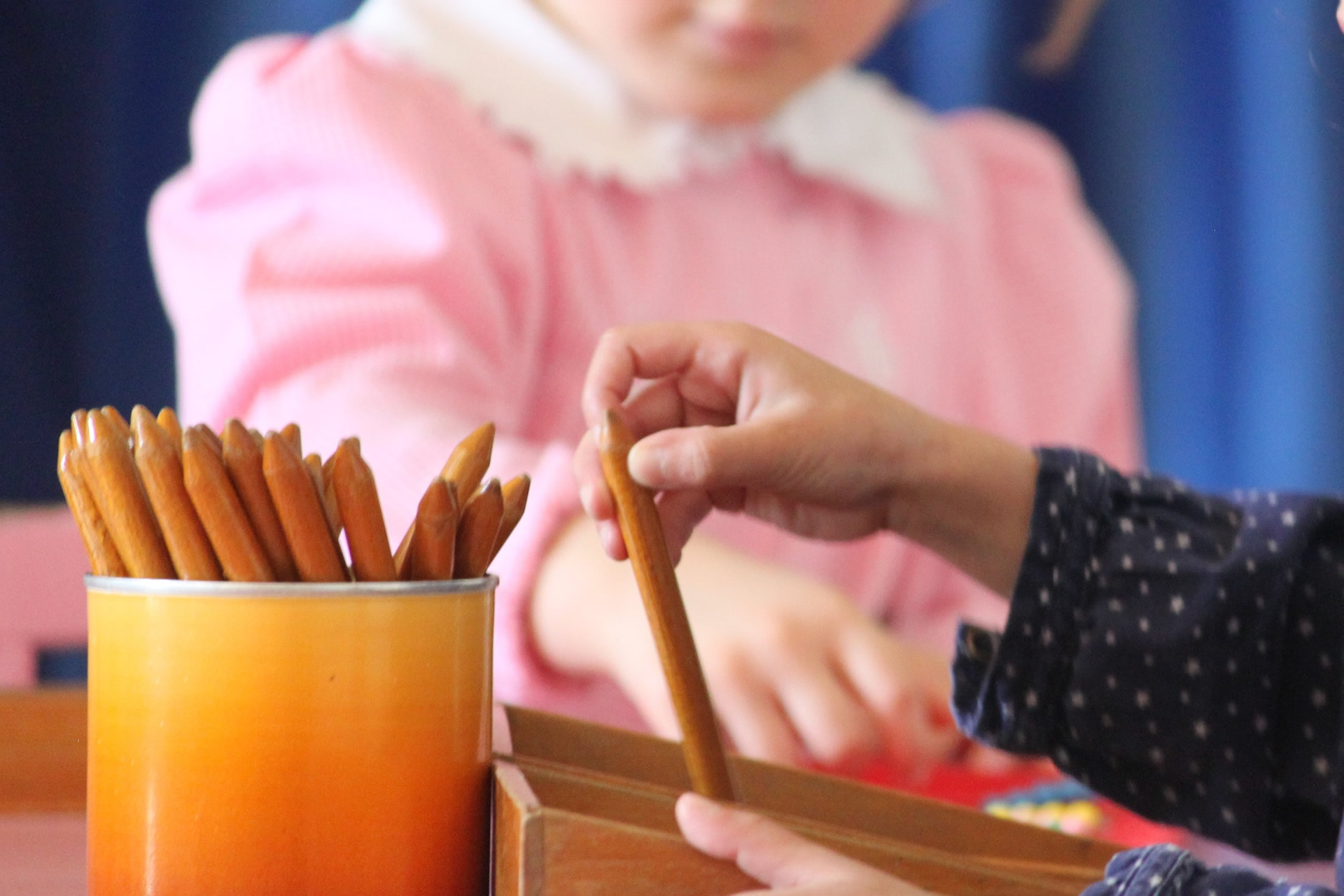
Driven from Italy in the 1930’s following her refusal to comply with the directives of the Fascist regime- an ideological conflict which resulted in the abrupt closure of Montessori schools across the country- Maria Montessori relocated abroad in order to continue her work and her research, returning to post-war Italy not before 1949. The following year, in 1950, her return to Perugia was prompted by the University for Foreigners’ bestowal upon her of the presidency of its Center for Pedagogical Studies. On that occasion, an experimental section of Santa Croce Preschool’s Children’s House was made available to her for use in conjunction with her pedagogical center; this experimental section of the Santa Croce Preschool was formally dedicated to the Doctor on August 31st, on the anniversary of her 80th birthday.
Thus the “Research Center for Identifying the Innate Strengths and Potential of Children through Experience and Study” was born in the city of Perugia. In the summer of 1950, Perugia was host to an international teacher training course, the first of its kind to be held in the post-war era, which was presided over by Doctor Montessori herself. In addition to the research center and the international course, a groundbreaking experimental classroom, in which it was possible to observe firsthand the implementation of “the Method,” was inaugurated in the Santa Croce Children’s House.
Alongside Dr. Montessori, initially in the role of pupil and subsequently in that of close colleague, was Maria Antonietta Paolini, who for over 40 years acted as promoter and champion of the Montessori principles in our city. According to Magnini: “When Maria Antonietta Paolini instituted the Montessori Method at the Pre- and Elementary schools of Santa Croce, everyone – or nearly everyone – grimaced. With the exception of the children, who realized that learning can be enjoyable. A concept perhaps obvious today, but which was not at all obvious at the time.”
Further fruit of Ms.Paolini’s labor was in fact the institution of the national and international training courses for Montessori educators, which made of Santa Croce a touchstone in the formation of Method teachers from all over the world.
The Santa Croce Preschool, once an institute of “public assitance and charity” (IPAB), is today a Personal Services agency, and as such is governed by the laws of the State, the laws of the Region of Umbria, and by its own internal governing statute. Its long and distinguished history makes it one of Perugia’s most venerable institutions; in point of fact it has influenced the very place naming, or topography, of the city itself, insofar as the street in which it is located, formerly “via Amena,” was changed to “via dell’Asilo,” or “Nursery School Street.”
As Maria Rita Zappelli reminds us in her Caro Diario (Dear Diary), the street underwent this name change precisely on September 14th, 1861, the date in which the school flung open its doors to welcome its first 50 pupils (10 children from each “rione,”or quarter, of the city), transforming it into the town’s very first nursery school. By virtue the adoption of the Montessori method, this quality of city-wide appeal has remained to this day; the Method has revealed itself to exert a strong attraction not only upon the residents of the school’s immediate vicinity, but upon all Perugians, who have recognized the value of the teachings of Maria Montessori from the start.
The Preschool has been, and remains to this day, home to a center of Method teacher training on both a national (Maria Antonietta Paolini Association) and international (Montessori Training Center) level, and it is for this reason that ties between Santa Croce and the international teaching community have been frequent, continuous and fruitful.
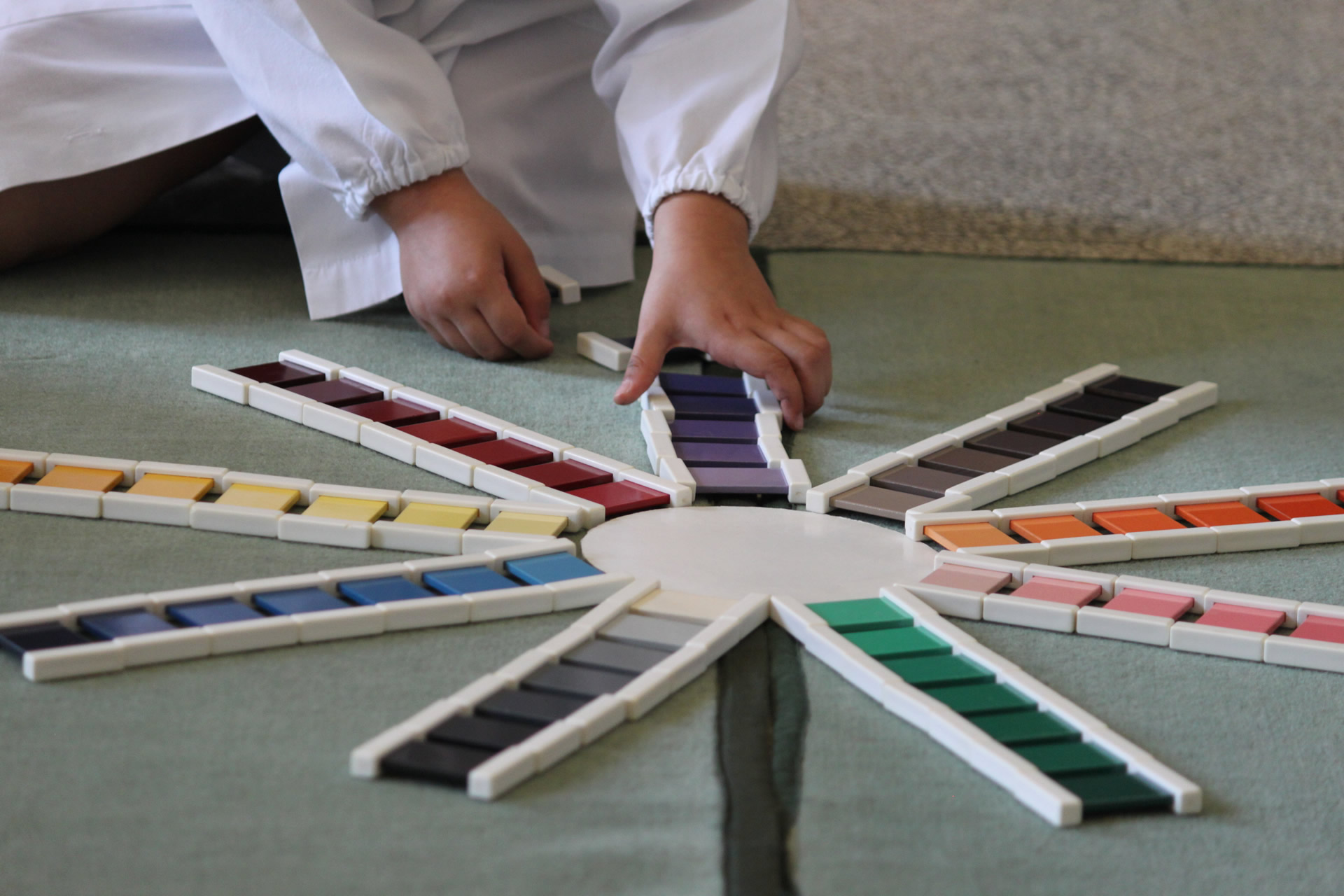
Perugia Montessori District
An urban and cultural concept aimed at strengthening and promoting awareness of the Montessori identity of the city of Perugia
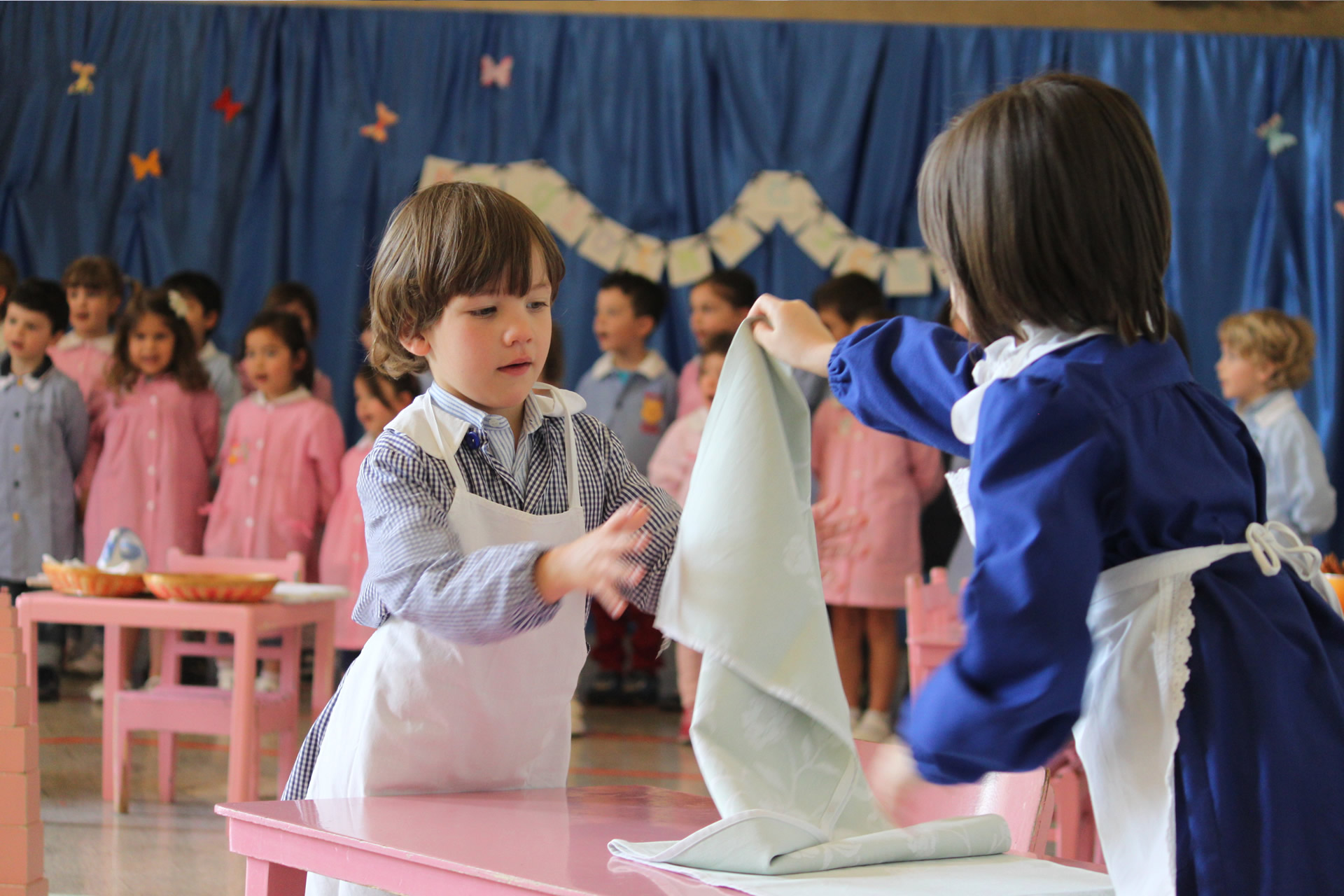
The Maria Montessori Experimental Classroom
The classroom conceived and designed by the Dottoressa of Chiaravalle herself for the observation of children at work
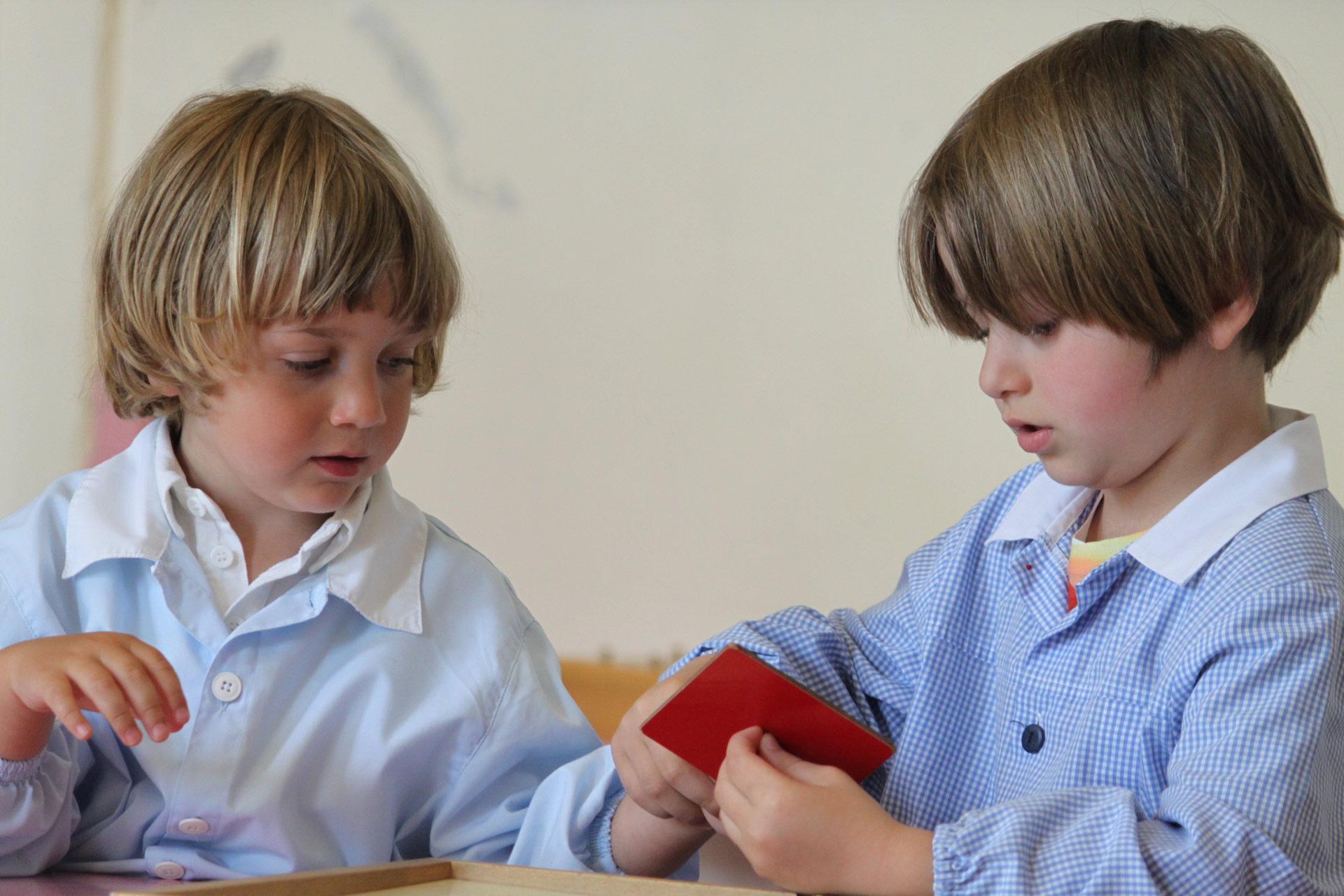
70th Anniversary Celebrations
Sixteen months of celebrations and events: The city of Perugia will be home to 16 months of cultural and scientific events which will distinguish Perugia as a place of particular significance within the span of Montessori history
